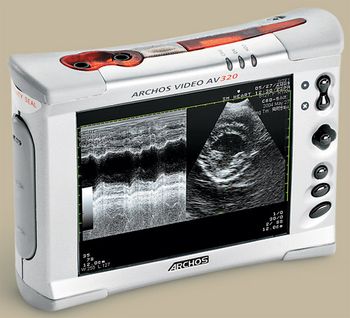
Westbrook, Maine — IDEXX Laboratories introduces the Archos Digital Video Recorder, for easy capture and submission of ultrasound videos and still images to IDEXX Telemedicine specialists regardless of the ultrasound software package in use.

Westbrook, Maine — IDEXX Laboratories introduces the Archos Digital Video Recorder, for easy capture and submission of ultrasound videos and still images to IDEXX Telemedicine specialists regardless of the ultrasound software package in use.

Merial launched EquineWNV.com, an interactive Web site that offers comprehensive information about Recombitek? Equine West Nile vaccine.
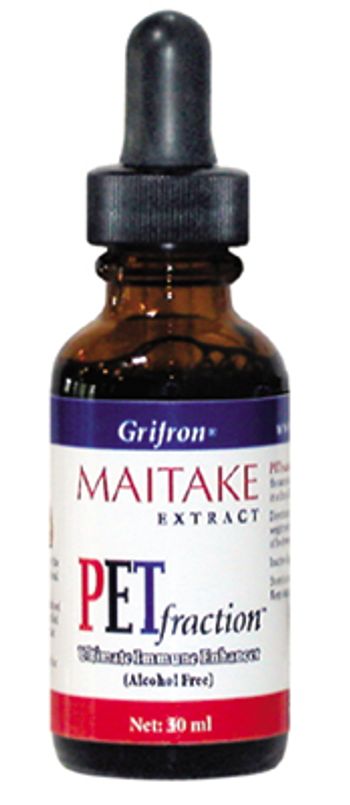
Maitake Products Inc. introduces PETfraction?, an active beta-glucan product extracted from the maitake mushroom that is said to boost immune-system function.

Bothell, Wash. — Ultrasource introduces SonoSite Titan, a handheld mobile ultrasound system that combines high performance and portability with a lightweight, durable package, the company says.

Walking the red carpet: Mel O'Drama, Alexander Graham Bellow rally for top honors.
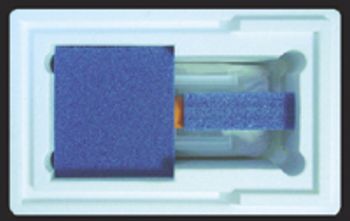
Hamilton Research Inc. introduces the Rover, a transport container for canine semen.
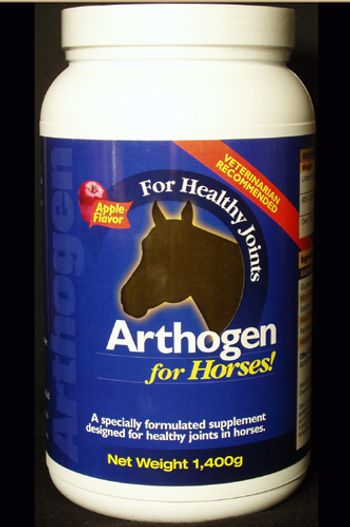
PetLabs 360 introduces Arthogen for Horses, a solution to equine joint problems.
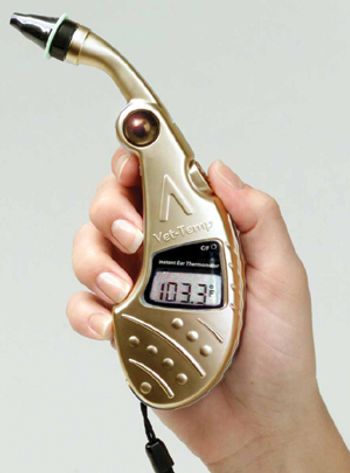
Advanced Monitors Corp. announced the release of Vet-Temp, an instant ear thermometer for pets.

Washington — A decrease in veterinary school applicants is a direct result of the U.S. government's failure to supply adequate funding to colleges, authorities say.

Washington — It took almost 10 years and $20,000, but Dr. Thomas Kendall's battle with the Internal Revenue Service (IRS) has ended with a federal tax interpretation that favors the veterinary profession.
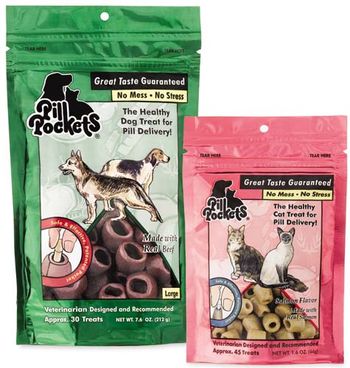
S&M NuTec introduces Pill Pockets?, a product that conceals medication, making administration easier.

PetAg introduces Formula V? EnteralCare?, a ready-to-feed liquid diet for critically ill, injured and recovering animals.

Irvine, Calif. — Global Dosimetry Solution's (GDS) Film Dosimeters provide veterinarians and technicians with accurate personnel detection of radiation exposure from using diagnostic X-ray equipment.
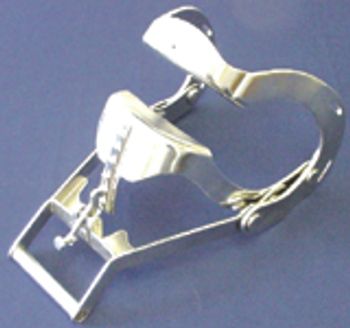
Jorgensen introduces the Meister Equine Mouth Speculum.
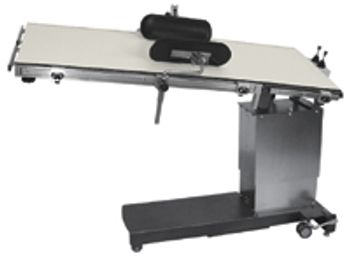
Pannomed releases the redesigned Aeron Surgical Table.
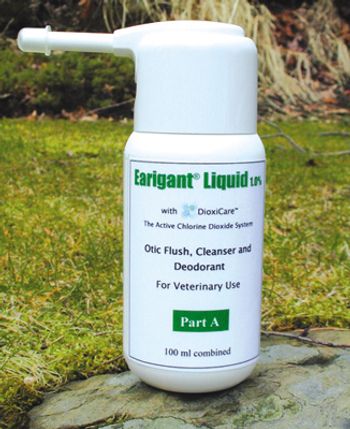
Earigant? Pet Ear Cleaner is a liquid precleaner and deodorizer for infected ears.

Hill's introduces a canned-food formulation for Prescription z/d.
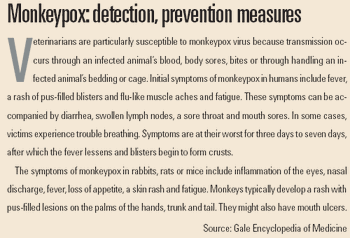
Wauwatosa, Wis.—As government scientists analyze the 2003 monkeypox outbreaks that spread across six Midwestern states, one veterinarian relives the epidemic as the first U.S. practitioner to encounter and contract the rare viral disease.
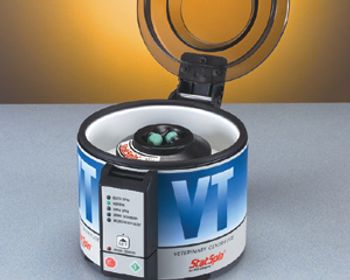
StatSpin Inc. introduces StatSpin VT, a centrifuge designed for the blood testing needs of veterinarians.

Westcoast Animal Rehabilitation Equipment introduces hoists and slings to aid in canine rehabilitation.
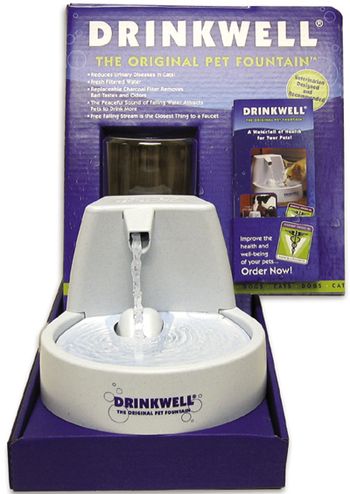
Veterinary Ventures introduces Drinkwell? The Original Pet Fountain for companion animals.
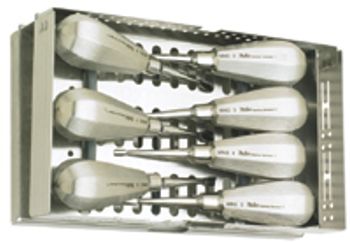
Miltex introduces winged-dental elevators for the veterinary market.
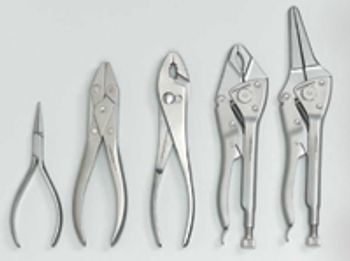
Spectrum introduces a new line of stainless steel orthopedic pliers.
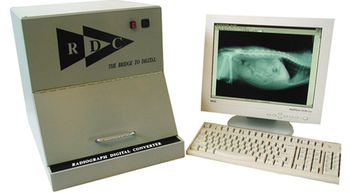
Mast Technology LLC introduces its Dental Adapter that allows practitioners to convert dental films into high-resolution images.

Vitality Systems introduces antibacterial hand soap available exclusively to veterinarians.

Vira Shield 6+L5 from Novartis Animal Health U.S. Inc. features three-way BVD protection and is formulated with dairy cattle in mind, the company says.

Baltimore — More than 3,251 veterinarians were enough to break all-time attendance records for the American College of Veterinary Internal Medicine (ACVIM) meeting here.

Any attempt to remove Yorkie from mountain oyster was met with serious growls and displays of tiny teeth.
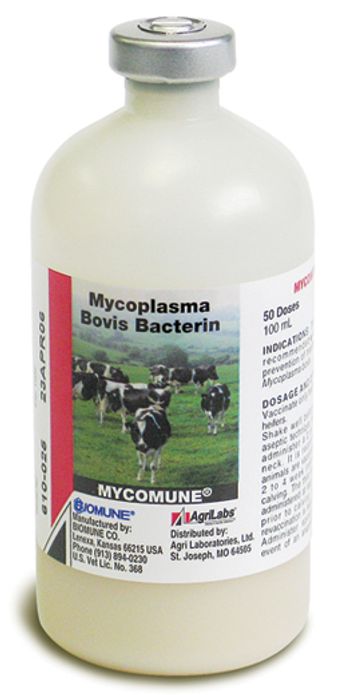
St. Joseph, Mo. — AgriLabs introduces Mycomune? bacterin, the first USDA-licensed vaccine for the prevention of mycoplasma mastitis caused by Mycoplasma bovis.

Sacramento, Calif. — A bill seeking to ban the retail sale of cloned animals died in the California Legislature possibly in part due the veterinary profession's lobby against it.